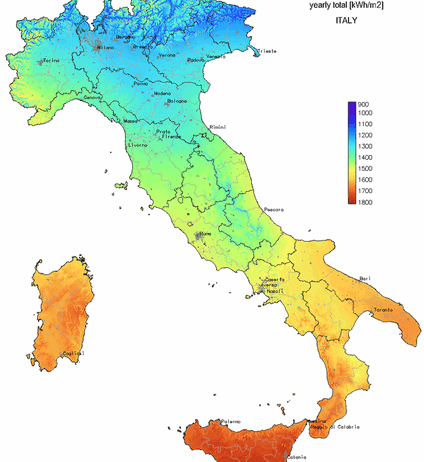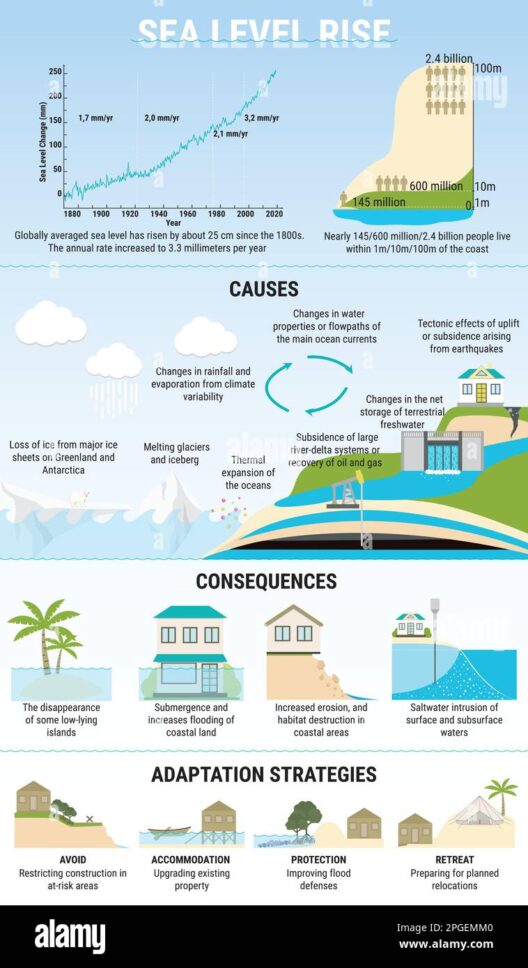Italy, a country renowned for its mesmerizing landscapes, rich history, and delectable cuisine, also boasts a remarkably diverse climate that varies significantly from the northern Alps to the sun-kissed Mediterranean coastline. Understanding the multifaceted climatic zones of Italy is pivotal for both ecological scholars and tourists eager to explore its splendid offerings. This article delves into the distinct climatic regions of Italy, examining their characteristics, seasonal variations, and implications for the environment and lifestyle.
Climate Zones: An Overview
Italy’s climate can be broadly classified into several distinct zones, primarily influenced by geographic factors such as elevation, proximity to bodies of water, and latitude. These zones include the Alpine climate of the northern regions, the temperate climates of the central areas, and the Mediterranean climate prevalent in the southern provinces. Each of these climatic regions contributes to the diversity of flora and fauna, agricultural practices, and even cultural activities.
Alpine Climate: A Chill in the Air
The northernmost part of Italy, encompassing the majestic Alps, is characterized by a predominantly Alpine climate. Here, the winters are long, cold, and snowy, while the summers are short and mild. The high altitudes create significant temperature fluctuations between day and night. In winter, temperatures can plummet to minus 15 degrees Celsius (5 degrees Fahrenheit) in the higher elevations, making it a popular destination for winter sports enthusiasts.
Additionally, this climate supports an array of ecosystems, which include coniferous forests, meadows, and glaciers. The seasonal thaw reveals vibrant wildflowers and diverse plant life, which flourish in the short summer months. The unique Alpine climate not only attracts thrill-seekers but also offers scientists an opportunity to study the impacts of climate change, particularly in glacier retreat and biodiversity loss in the region.
Continental Climate: The Heart of Italy
As we descend from the frigid peaks of the Alps into the central regions, the climate shifts into a typifying Continental climate. This area experiences hot summers and cold winters. Cities such as Bologna and Florence exemplify this climatic pattern, where summer temperatures can soar above 30 degrees Celsius (86 degrees Fahrenheit) while winters may see temperatures drop to a stark 0 degrees Celsius (32 degrees Fahrenheit).
The distinctive seasonal changes have a profound impact on the agricultural practices in the central regions. Farmers grow a variety of crops such as grapes, olives, and wheat, which are integral to Italy’s celebrated wine and cuisine. The temperate climate fosters a rich agricultural palette, contributing to the country’s food production and export. Additionally, the continental climate has spurred the development of traditional festivals celebrating harvests, further entwining climate with cultural identity.
Mediterranean Climate: Sun-Kissed Shores
Transitioning southward, we encounter the quintessential Mediterranean climate that is emblematic of coastal cities such as Naples, Rome, and the islands of Sicily and Sardinia. Characterized by hot, dry summers and mild, rainy winters, this climate results in abundant sunshine and a long growing season, ideal for cultivating a diverse range of fruits, vegetables, and herbs.
The Mediterranean climate facilitates a unique biodiversity with characteristic ecosystems, including the maquis and garrigue shrublands, which are home to myriad species of plants and animals. These regions, rich in biodiversity, are crucial for sustaining local agriculture and provide habitats that contribute to Italy’s natural beauty.
As the world faces increasingly volatile weather patterns due to climate change, the Mediterranean region is on high alert. Rising sea levels, increased frequency of droughts, and changes in precipitation patterns pose substantial threats to the delicate balance of this environment. Consequently, there is growing urgency among environmentalists to adopt sustainable practices that protect these natural resources.
Seasonal Changes and Their Impact
The impact of seasonal changes ties closely to Italy’s agricultural cycles and cultural festivities. Each season heralds distinct celebrations that resonate with the agricultural calendar, from grape harvesting in the autumn to floral festivals in the spring. These events not only strengthen community bonds but also enhance tourist experiences, drawing visitors to witness the vibrant cultural tapestry that Italy weaves through its climate.
However, as climate change escalates, these annual traditions face uncertainty. The alteration of traditional weather patterns has led to earlier blooms, unexpected frosts, and changing harvest times, which in turn affects local economies and food supply chains. Awareness and adaptation are crucial for preserving these cultural legacies while ensuring sustainability in agricultural practices.
Environmental Challenges: Looking Ahead
Italy’s diverse climate, while offering myriad benefits, is not without its ecological challenges. From the extremes of the northern Alps to the balmy southern shores, the impacts of climate change loom large. Rising temperatures, erratic weather systems, and extreme weather events such as floods and droughts raise critical questions about future adaptability and resilience.
Efforts to mitigate these effects are underway, with policies focusing on sustainable agriculture, conservation of biodiversity, and promotion of ecological tourism. The interplay between climate and culture is vital, driving communities to innovate and respond to the changing world while fostering a deeper appreciation for Italy’s unique environmental heritage.
Conclusion
Italy’s climate, with its striking contrasts from the towering Alps to the alluring Mediterranean, plays a significant role in shaping the landscape, biodiversity, and cultural practices of the nation. The ongoing environmental challenges necessitate a concerted effort to advocate for sustainability, balance tradition with innovation, and preserve the natural beauty that has captivated hearts for centuries. Understanding Italy’s climate is not just about appreciating its beauty; it is about recognizing the interconnectedness of nature, culture, and our collective future.






